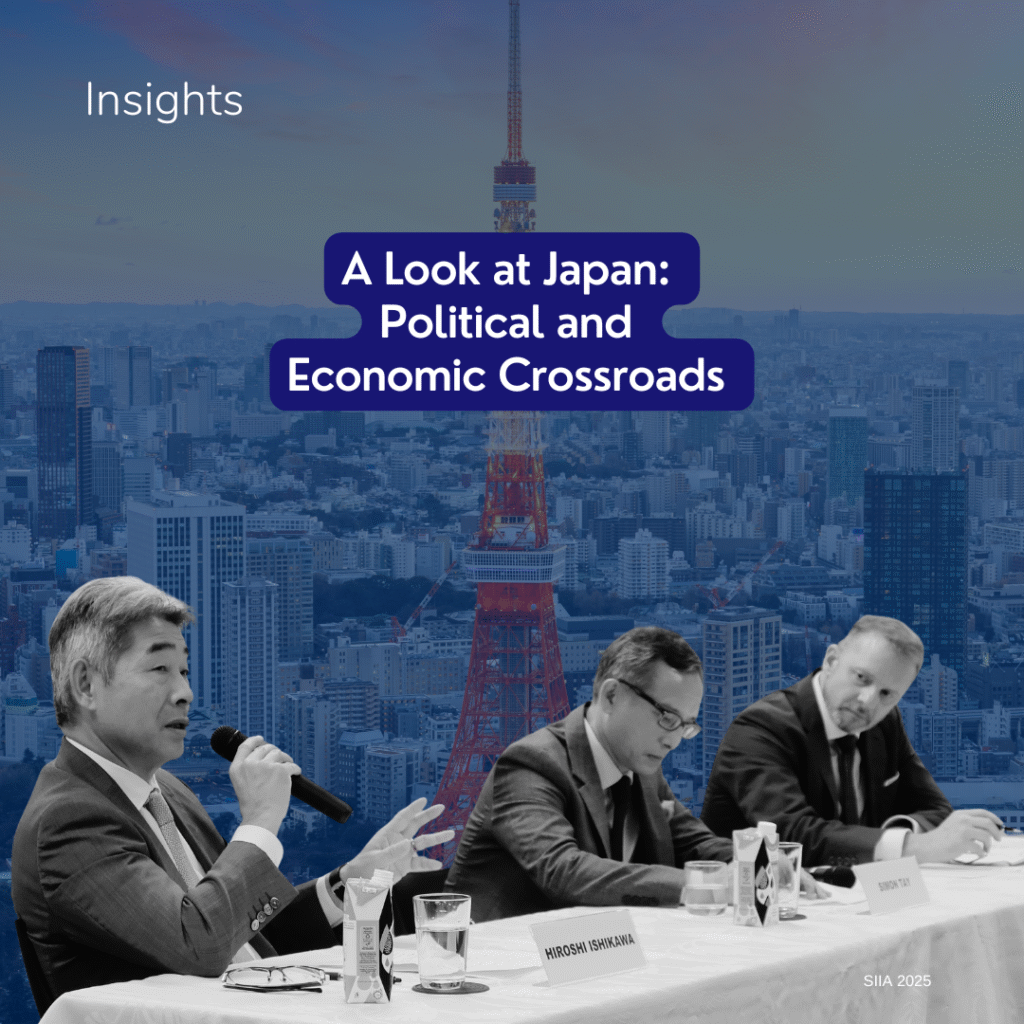The Belt and Road Initiative (BRI) is about more than physical infrastructure. Beyond the fanfare about ports and railways, the BRI has a technological counterpart with far-reaching consequences for Southeast Asia – the “digital silk road”.
While traditional infrastructure has been in the spotlight, the digital silk road is becoming more prominent. Both the inaugural Digital China Summit in April and the Belt and Road Global Forum in June explicitly illuminated the emerging importance of the digital silk road’s three elements: e-commerce, smart cities and telecommunications.
What projects are being pursued under the digital silk road, and what do they mean for ASEAN?
E-commerce
ASEAN is the fourth largest growing internet region in the world, and its e-commerce market, growing at 32 per cent annually, will be worth more than US$88 billion by 2025. In order to achieve this goal, the region needs some US$40 to 50 billion in investments.
Two Chinese e-commerce giants – Alibaba and Tencent – are investing heavily in ASEAN in a contest for regional access and dominance. Currently, Alibaba seems to have the edge, having aggressively invested US$4 billion in Singapore-based Lazada, US$1.1 billion in Indonesia-based Tokopedia, US$500 million in Thailand’s Central Group and US$44 million in Tiki.vn. In comparison, the presence of Tencent and its affiliates in ASEAN seems much more modest. Their investments include Sea (of which Shopee is a subsidiary) and US$200 to 250 million in Indonesia’s Go-Jek.
In addition to creating business opportunities, Alibaba and Tencent’s involvement in the ASEAN market is empowering regional e-ecommerce players through partnerships, investments, integration into greater value chains and e-payment systems, as well as technological transfers.
Smart cities
Chinese investors have shown immense interest in developing and connecting smart city initiatives in ASEAN to a wider network of technology and data-driven urban centres.
In Malaysia, Kuala Lumpur has become the first city outside of China to adopt Alibaba Cloud’s smart city system in its traffic grids, gaining the technology necessary to harness big data and artificial intelligence for smoother and safer governance, propelling Malaysia to the forefront of the urban digital revolution.
The City of Pearl in the New Manila Bay, the biggest BRI project in the country and smart city initiative in the world, will be self-sufficient on renewable energy, running on smart mobility and grid technologies in the next thirty years.
These projects will catalyse ASEAN infrastructure connectivity, in both physical and digital spaces, as well as provide much needed future-proofing, resilience-building and smart governance to the region’s growing urban centres at risk of overpopulation and climate change.
Telecommunications
In a region where the internet penetration rate is only 53 per cent, Chinese satcom companies such as China Communication Technology Satcom (CCT) and APT Satellites see business opportunities in local partnerships. Increased digital connectivity as a result of their presence is also necessary to ASEAN’s growing population and economy.
The Philippines, which is ranked 100th in the world for internet speed, seeks to benefit from CCT’s acquisition of G Telecoms and thus entry into its market. In Laos, APT will work in parallel to boost digital connectivity to support projects in physical connectivity, such as Chinese-backed railways.
On all three fronts – e-commerce, smart cities and telecommunications – China’s expanding “digital silk road” into Southeast Asia has immense positive implications for the region’s growing needs for both digital and physical infrastructure and connectivity. While bearing in mind potential pitfalls and the need to reconcile any misalignment in interests between stakeholders, ASEAN governments, societies and businesses should actively embrace and leverage on Chinese ambitions to fulfill their own aims of forging ASEAN 4.0.
Singapore is chairing ASEAN at a time when there are new risks posed to economic growth. A new investment landscape is emerging in ASEAN with businesses capitalising on sustainable infrastructure and technology, and the digital economy is also unfolding at an unprecedented pace. Finance Minister Heng Swee Keat and industry experts will discuss these and other issues at our 11th ASEAN and Asia Forum: Charting ASEAN towards a Sustainable and Digital Future on Thursday, 30 Aug 2018, at The Ritz-Carlton, Millenia Singapore.
Sources
Beijing’s Silk Road Goes Digital [Council on Foreign Relations, 6 Jul 2017]
Alibaba doubles Lazada investment to $4 billion in aggressive Southeast Asian expansion [Reuters, 19 Mar 2018]
The New Manila Bay, World’s Biggest ‘Smart City’ To Rise in Philippines [SeaAsia, 14 Feb 2018]
China’s satcom industry on expansion, Belt & Road, NewSpace [SpaceTech Asia, 4 Jul 2018]




